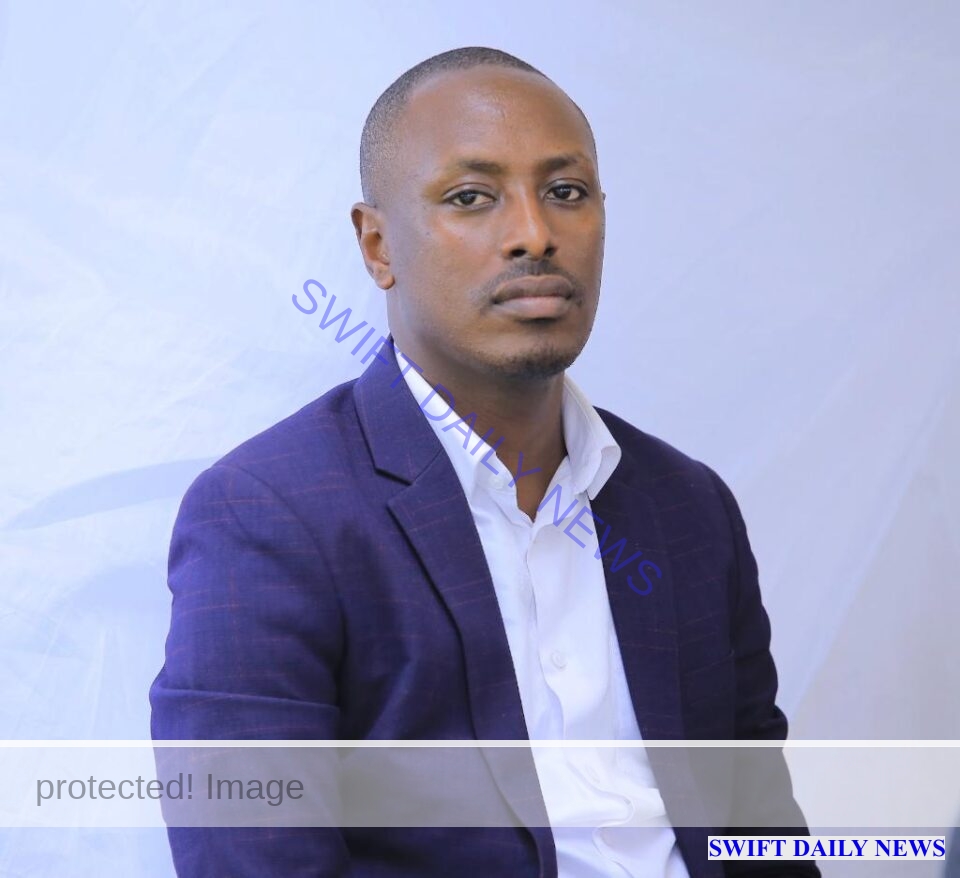By Brian Keitira
The recently concluded National Resistance Movement (NRM) village elections have sparked widespread concern, largely due to disorganization and growing discontent among the youth—a demographic that feels increasingly marginalized in the party’s decision-making processes.
Uganda’s population is overwhelmingly youthful, with over 75% under the age of 30 and approximately 78% below 35. This group is not only significant in size but also rich in potential—highly educated, skilled, and eager to shape the country’s future. With a youth literacy rate of around 85%, young Ugandans represent a vital force for innovation, leadership, and national progress. Yet, their voices remain largely absent from the NRM’s internal structures.
This exclusion has had notable political consequences. In the recent elections, respected party leaders such as Kiwanda Ssubi, NRM’s Vice Chairperson for Buganda, were rejected at the grassroots level, driven out by a frustrated youth base. Such outcomes reflect a disconnect between the party’s leadership and Uganda’s young population. Many senior figures have occupied leadership roles for extended periods, becoming increasingly detached from the priorities and aspirations of today’s youth. As a result, the NRM is perceived by some as out of touch with present-day realities.
However, a new generation of energetic and capable young leaders is emerging to fill the gap. Figures like Hakim Kyeswa (vying for the CEC Vice Chairperson position for Buganda), Duncan Abigaba, Blaise Kamugisha, Isaac Akampurira (targeting Western region leadership), and Hellen Nakeeya, also known as “Omuyiribi,” are gaining traction. Nakeeya’s growing influence in Kalungu even led State Minister for Water and incumbent Woman MP Hon. Aisha Sekindi to withdraw from the party primaries, citing intense competition.
These rising voices are asking critical questions: Why can’t young people lead at the village, parish, or district levels within the NRM? When will they be trusted to shape the direction of the party and the nation? Without clear answers, the sense of exclusion risks alienating a generation that should be at the heart of Uganda’s political future.
The discontent is not without consequence. Disputes and chaos were reported in several areas, including Lwemiyaga, Gulu City, Kabale, Mukono, Wakiso, and beyond. These incidents point to deeper structural issues within the party, including the absence of a functional dialogue committee since the 2020 primaries. This body, originally intended to mediate intra-party disputes, could have played a critical role in defusing tensions. Its continued absence has allowed grievances to fester and divide the party further.
Concerns over electoral malpractice also persist. In areas like Kazo during the 2020 NRM primaries, allegations of vote rigging went unaddressed. In one case, the declared winner was widely seen as the actual loser, reportedly due to fears of voter backlash. Such unresolved disputes have damaged trust and fueled ongoing unrest.
Additionally, reports suggest that the NRM’s weakened grassroots structures have been infiltrated by opposition supporters, allegedly aiming to manipulate internal primaries by backing weaker candidates. This is reflected in the sharp drop in voter turnout during the recent elections—a warning sign the party can no longer afford to ignore.
This erosion of public trust is evident in national trends. The NRM’s share of the vote has steadily declined—from about 68% in 2011, to 60.6% in 2016, and further to 58.4% in the 2021 general elections. If this trajectory continues, it could signal broader political shifts driven by youth frustration and the appeal of alternative political voices.
Uganda is also grappling with alarming levels of youth unemployment. As of 2022, the national unemployment rate stood at 12.6%, with over 51% of youth aged 18–30 not engaged in employment, education, or training, according to the 2024 National Population and Housing Census. These statistics reflect a generation under pressure—and one that feels neglected by a system unwilling to offer them leadership opportunities or economic prospects.
As one commentator aptly put it, “It is ironic that the same leaders who have held office for decades now lament the rise of the opposition, yet resist the very reforms—like youth inclusion—that could secure the party’s future.”
Moving forward, the NRM must recognize that meaningful youth inclusion is not optional—it is essential. The party must create clear and structured pathways for young Ugandans to engage, lead, and participate in decision-making. Failing to do so risks deepening divisions, undermining internal cohesion, and weakening its political base.
For a party that has shaped Uganda’s modern political history, the time has come to embrace the next generation—not as bystanders, but as full and active participants in shaping what comes next.
The Writer Is A Senior Cadre & Works With Office Of The National Chairman NRM.
Have An Advert Or Article You Want To Publish? Email: swiftnewsug@gmail.com or WhatsApp 0760530830.

